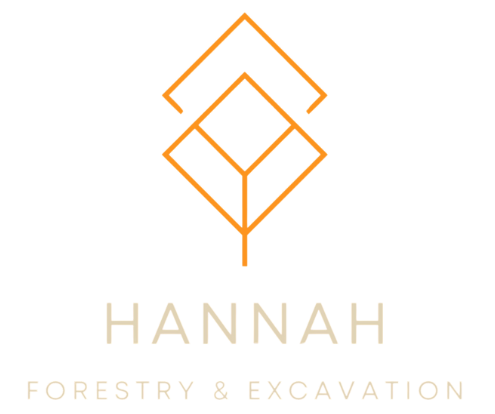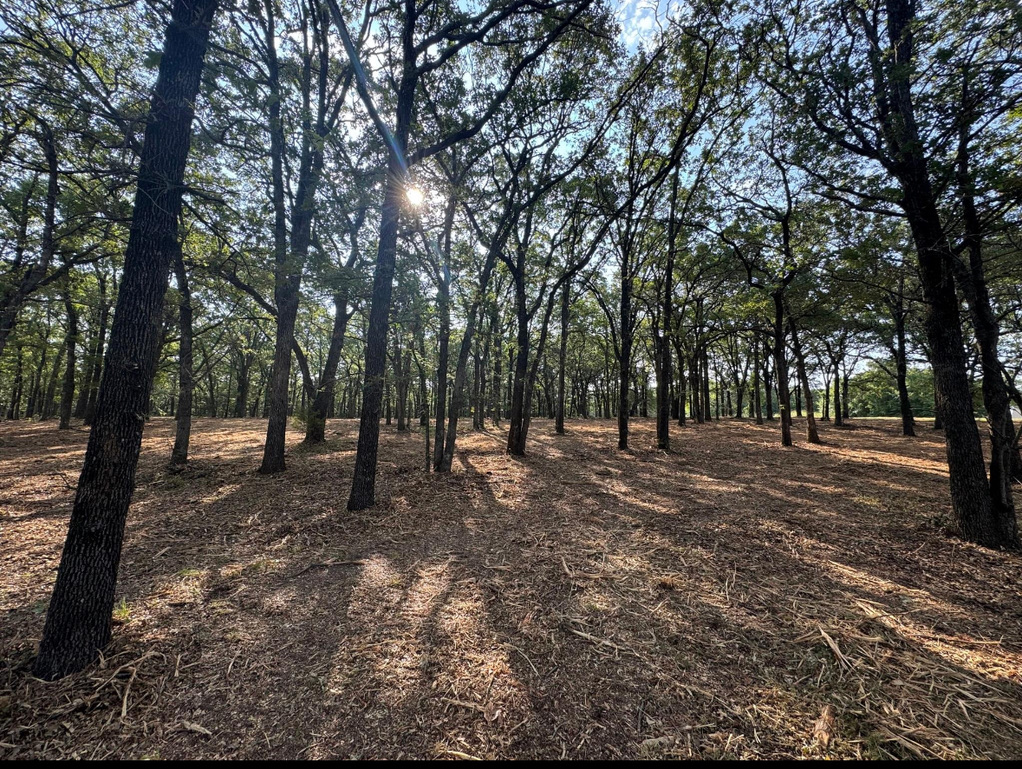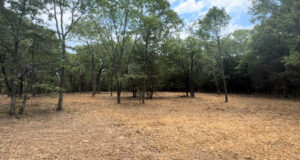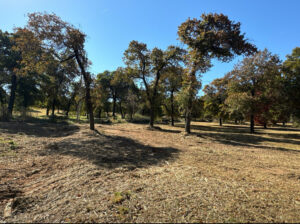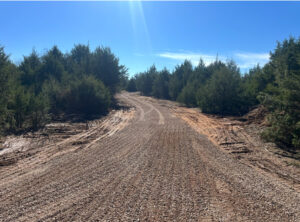If you have a land clearing project on the horizon, you’re likely anticipating one of the most influential factors in how you’ll go about the project: pricing. You want affordable services that yield quality results. But how can you plan a budget according to your property’s needs?
Hannah Forestry and Excavation has completed numerous projects in Central Oklahoma. We understand how land characteristics and project goals impact service prices. Discover how we determine your service pricing based on the factors outlined below.
How Land Clearing Services Price Their Projects
Clearing a plot of land has a multitude of advantages, from crafting a conducive environment for native plant and animal species to paving the way for new structures. However, no one price fits every service or property. Here’s why:
#1 Plot Size
Acreage is one of the most obvious pricing influences. Larger plots are more expensive to clear than smaller ones. This is because size impacts the service, equipment, and man-hours needed.
Small plots might incur a predictable flat rate, meaning you’ll pay the same price no matter what. Meanwhile, some land clearing companies price big properties by acreage or service hours.
#2 Vegetation and Debris
Plant life plays a huge role in how a service provider calculates estimates. It directly impacts the amount of time and the type of equipment needed to clear the land to your liking. Untouched or undeveloped properties might have varying levels of growth:
- No to low density: Think uncut fields or open spaces with sparse tree or brush growth. These areas are easiest to clear and therefore cost less.
- Low to moderate density: Properties with this density level typically feature numerous shady, young trees and clusters of wild shrubs with more open, grassy areas between them.
- Moderate to high density: Mature trees and dense brush coat most of the area, but you still have open passages where you can walk.
- High to significant density: Your land has turned into a formidable forest that supports diverse plant life, making access difficult or impossible.
Your property’s density level will factor into your final brush-clearing expenses.
#3 Equipment and Machinery Needed
Now that we’ve covered vegetation density, let’s explore which equipment will work best for clearing your land. Every land clearing project requires heavy equipment of some sort. However, plant growth and project trajectory determine whether you need basic bush hogging or complete excavation and grading.
- Landscaping projects: Readying your land for landscape installation typically requires selective clearing with less intensive machinery.
- Building construction: Buildings must perch atop a slight incline to ensure water drains away from the slab foundation. You’ll need excavation and bush-hogging equipment at a minimum.
- Property accessories: For pools, fences, and similar structures, a combination of digging equipment and brush-clearing machines may be helpful.
- Basic land management: If you just want to open up an undeveloped plot, you might look into bush hogging alone.
- Environmental cultivation: Forestry mulching utilizes special equipment to pulverize organic debris and transform it into mulch for enriching the soil.
The heavier the equipment, the higher the price under most circumstances.
#4 Land Layout
A plot of flat, featureless land typically means easier work, especially if it has low to moderate vegetation density. Meanwhile, a property with hills, dips, and holes will take longer and may require excavators and bulldozers to level the land. Therefore, you’re likely to pay more to clear a property with diverse characteristics than flat counterparts.
#5 Land Clearing Methods
The techniques dictate what goes into site preparation, clearance methods, and debris disposal. Some common service techniques might include:
- Selective clearing: The crew targets specific areas of debris and vegetation while leaving the rest of the plot intact.
- Excavation and grading: Your service provider uses digging machinery to loosen, redistribute, and pack soil for future buildings and structures.
- Bush hogging: A bush hogger will flatten vegetation to the ground without disturbing the soil.
- Brush clearing: This technique is similar to bush hogging, but it tackles denser vegetation growth.
- Forestry mulching: If you want to leave some vegetation behind while using the material you clear, a forestry mulcher will do the trick.
Estimating the Cost of Your Land Clearing Service Needs
Property clearing services can cost between $500 and $6,000 per acre. That’s an enormous scale! If you want an affordable option, consider the specifics of your property features, such as vegetation density and whether its topography includes hills and valleys.
You should also consider how you want to use the land. For instance, excavation costs more than basic brush clearing, but it’s a must for future building construction.
Request a Free Quote for Your Oklahoma Project From Hannah Forestry and Excavation
Call Hannah Forestry and Excavation at 405-920-3332 to learn what a professional land clearing project might involve. You can also get a quote online from our team in Oklahoma.
